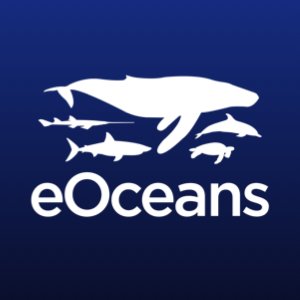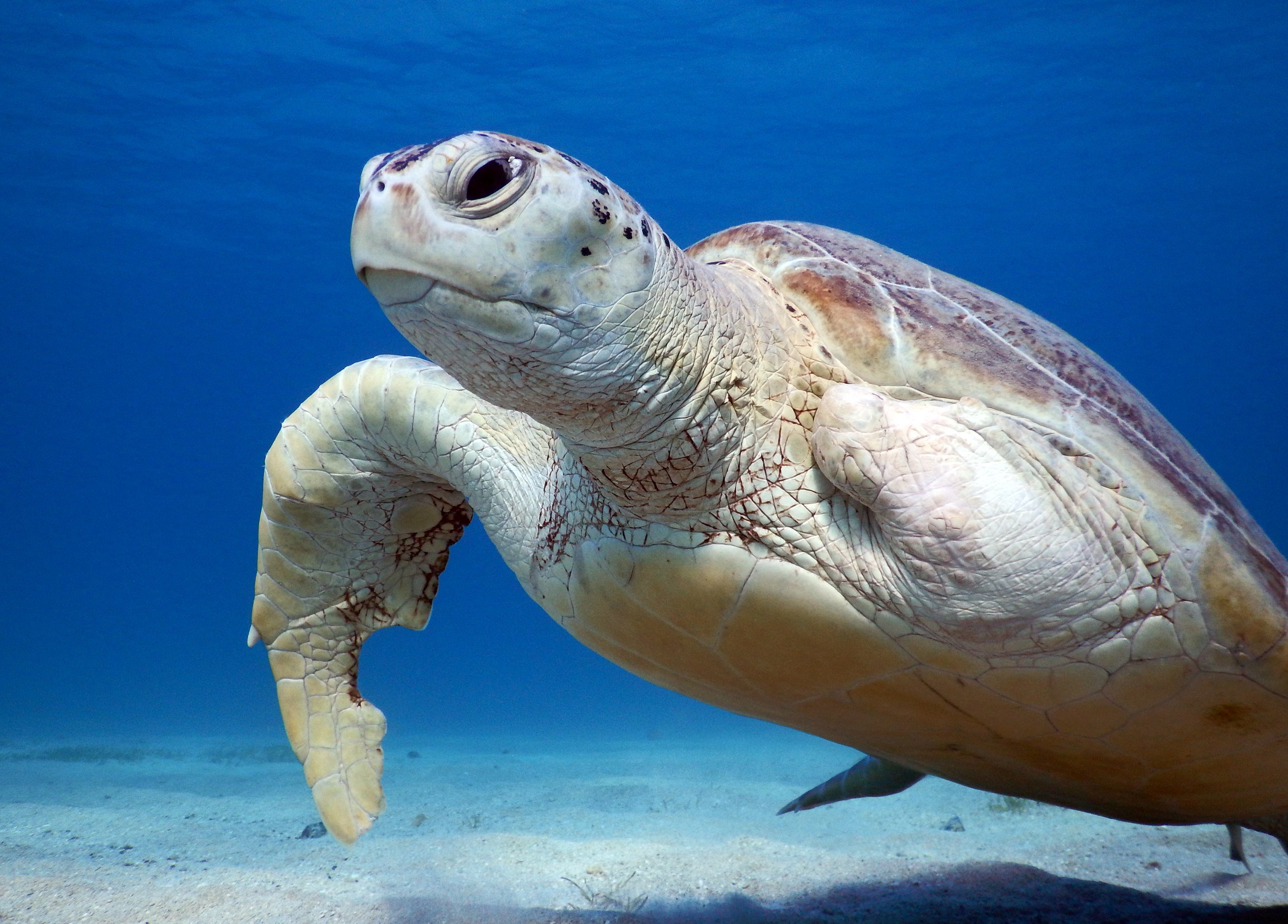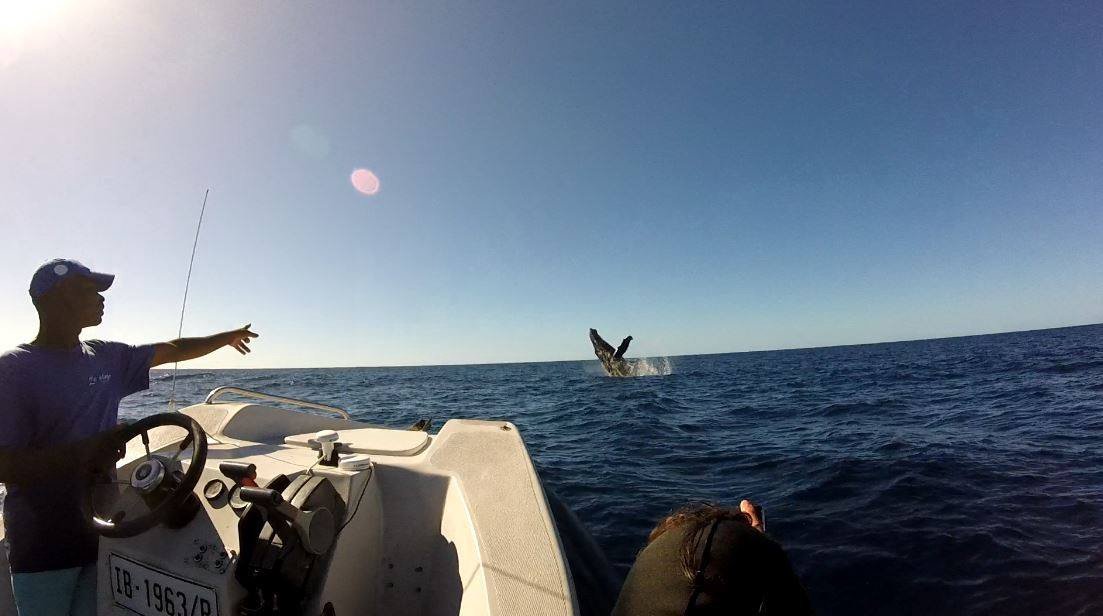New eOceans landing page!
Introducing our beautiful, informative new landing page!
eOceans®, where we handle YOUR data processing, management, analysis, visualizations, reports, and dissemination needs.
It's like having a team of data scientists in your pocket working full-time on your project — saving you up to 80% of your time! —so you can stay focused on what matters.
Check it out: eOceans.app
Power of collaboration!
We're now at 332,000 animals, 25,000 human activities, and 319 species logged. An amazing effort from everyone who got out and logged observations — including zeros — for their own project or for the greater good of the ocean.
A couple of turtle species are making their way up there with the sharks now.
Check out more graphs on The Ocean Ledger™ by eOceans®.
Policy Updates
We've updated our policies at eOceans®. These changes are small but reflect enhancements to our feature list. In our continuous effort to provide you with the best experience, we've incorporated several tweaks and improvements to further streamline your workflow, doing more of the heavy lifting, so you don't have to!
App update: Track
We've refined the way we capture your coordinates while doing moving surveys — like belt transects, aerial transects, roving, and more. While the tracks are now more accurate, we still made significant efforts not to gobble up your phone's storage, so only grabbing 'zeros' every 60 seconds unless you log something.
News: Heat & Bleaching
Unfortunately, it's not good news.
The ocean is experiencing unprecedented high temperatures. The impacts of this unprecedented global heat event are still unfolding. Coral bleaching is one of the obvious signs of heat stress on animals.
Follow and support the amazing team that is tracking this unfold: MUI—Maldives project
Events
A few upcoming events we're looking forward to presenting at:
April 25 — Pilots and Prototyping in the Oceans. Blue Institute.
May 2 — eOceans: Data analyses need to be real-time. IOI International Ocean Institute (IOI)
May 9 — Marine Protected Areas and mobile megafauna. IMarEST (Institute of Marine Engineering, Science & Technology). ANYONE CAN ATTEND THIS, SO MARK YOUR CALENDAR!
*Are you looking for an expert panelist, reviewer, examiner, or presenter to evaluate or advise your program? Topics may include Science, Oceans, Blue Economy, Ocean Tech, Marine Conservation, Sharks, Citizen Science, Ocean Pollution, and more. Get in touch with us (science@eOceans.co).
Blue Economy Tracker™
We are reinvigorated to push forward with the Blue Economy Tracker™ after attending a "Blue Economy" conference. There was a lack of understanding of the intention of the Blue Economy, how it differs from the Ocean Economy and Green Economy, and how it can help build stronger economies while rebuilding ocean health in an equitable way.
Our aim with the Blue Economy Tracker™ is to help decision makers — innovators, businesses, investors, policy makers, and communities — make smart decisions for the ocean and everything that depends on it.
We've got a great team working on this, and it's nearly there! Stay tuned.
Book a demo
If you've got a project that needs timely analysis, send us a message to book a demo at science@eoceans.co
Thank you!
Thank you for joining us on this journey of tracking our ocean, collaboratively, transparently, in real-time.







































